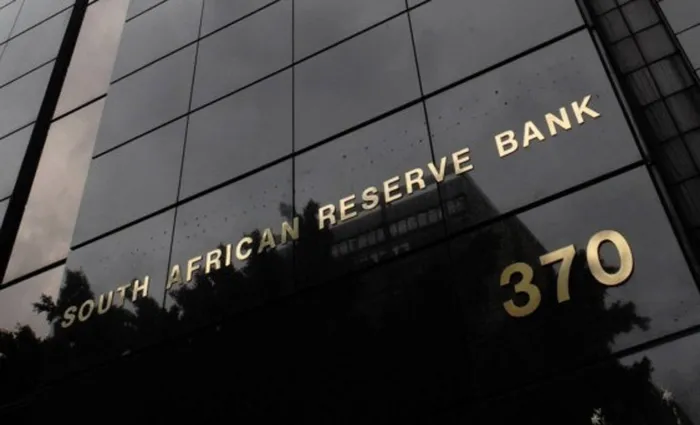Interest rate cut to 10.5% signals SARB confidence on inflation

The South African Reserve Bank is comfortable that inflation is under control as it cuts interest rates.
Image: Bloomberg
The South African Reserve Bank’s (SARB’s) decision to cut the prime lending rate by 0.25 percentage points to 10.5% was widely expected but still brought relief to consumers as inflation continues its slow rise.
Governor Lesetja Kganyago said on Thursday that the Monetary Policy Committee had voted unanimously for the cut in a stable inflationary environment. This was the fifth reduction since September, with a cumulative 1.25 percentage point drop.
Maarten Ackerman, chief economist at Citadel, said the move is in line with their expectations.
"It reflects the SARB’s growing confidence in South Africa’s inflation outlook and creates room for more accommodative monetary policy in a very weak growth environment,” said Ackerman.
Investec chief economist Annabel Bishop has previously said that no further cuts should be expected this year.
South Africa’s economy remains under strain, with gross domestic product (GDP) growing only 0.1% in the first quarter, largely on the back of agriculture.
The International Monetary Fund forecasts 1% growth for the year, but this could fall to 0.3% as a result of US President Donald Trump’s ongoing trade war. Tariffs of 30% on all goods exported to the US – in addition to others already in effect – come into force at midnight.
Despite this, SARB remains optimistic. Kganyago said expectations for price increases in the coming months remain in line with forecasts. “For policy, as we showed last time, lower inflation allows for lower interest rates,” he said.
Dr Elna Moolman, Standard Bank Group head of South Africa Macroeconomic Research, said: “Inflation has been quite benign, and the inflation forecasts remain quite benign, and this created scope for the Reserve Bank to provide a little bit of additional relief to the South African economy.”
Ackerman said there was scope for at least one more cut this year. “Beyond that, we expect the SARB to pause and reassess the data, particularly inflation trends and global developments,” he added, pointing to weak domestic conditions, low inflation and a global trend towards monetary easing.
“SARB has been more cautious than some of its global peers, but this cut suggests that inflation is now firmly anchored and opens the door for a more flexible approach going forward,” Ackerman said.
The US Federal Reserve, meanwhile, kept interest rates unchanged overnight, worried that tariffs would fuel inflation. Kganyago noted that major central banks remain in a wait-and-see phase.
SARB sees inflation averaging 3.3% in 2025. Ackerman said the cut “signals that the SARB is comfortable with the inflation trajectory and is willing to provide support to the economy, as long as price stability remains intact.”
Inflation has already begun to edge up, with June’s consumer price index rising to 3% from 2.8% in May, bringing it back into SARB’s 3% to 6% target range for the first time in three months. Even so, it remains far below the 5.2% recorded a year ago.
Old Mutual chief economist Johann Els expects inflation to rise moderately to around 4% by December, while Bishop previously forecast 3.3% year-on-year for 2025.
IOL
Related Topics: